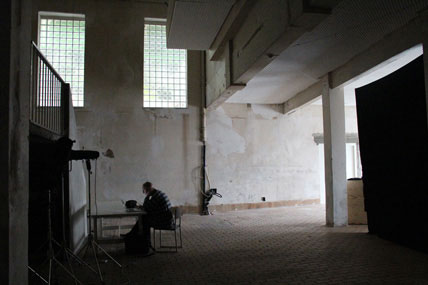|
| |
 |
 |
"Seaweeds and Limpets will grow on our Gravestones": On Islands, Time, Death and Inhuman Materialities
Abstract:
Burials, shipwrecks, sprits of the drowned, stories of parallel worlds beneath the waves…islands and the waters surrounding them have a long and widely documented association with death. This presentation asks how this insular affinity for death might relate to the material specificity of islands, including their geological history, their physical topography and their situatedness at the interface between liquid and solid modalities of matter. With its millennia long history of human occupancy, Orkney is an environment densely marked with material after-traces of the dead. At the same time, its physical contours have been subject to continuous refashioning by the marine erosion that will, eventually, cause the islands to disappear beneath the waters from which they first emerged - a prospect that has, for many centuries, played a central role in local imaginaries of place. Death practices in Orkney have thus always been shaped by the intersection between humanly calibrated time and the more expansive temporalities of geological and ecological processes. Articulating an account of the disposal and memorialization of the dead in Orkney (including the extensive folklore record) with a long-term overview of environmental change, the essay develops an understanding of death, death ritual and mortuary practices, less as expressive of the beliefs and social relations of the living, than as scenes of encounter between a self-designated human realm and the processes of material transformation and dissolution by which the latter is at once constituted and continuously threatened.
|
| |
Stuart McLean
Associate Professor
Department of Anthropology/Institute for Global Studies
University of Minnesota |
|
|


